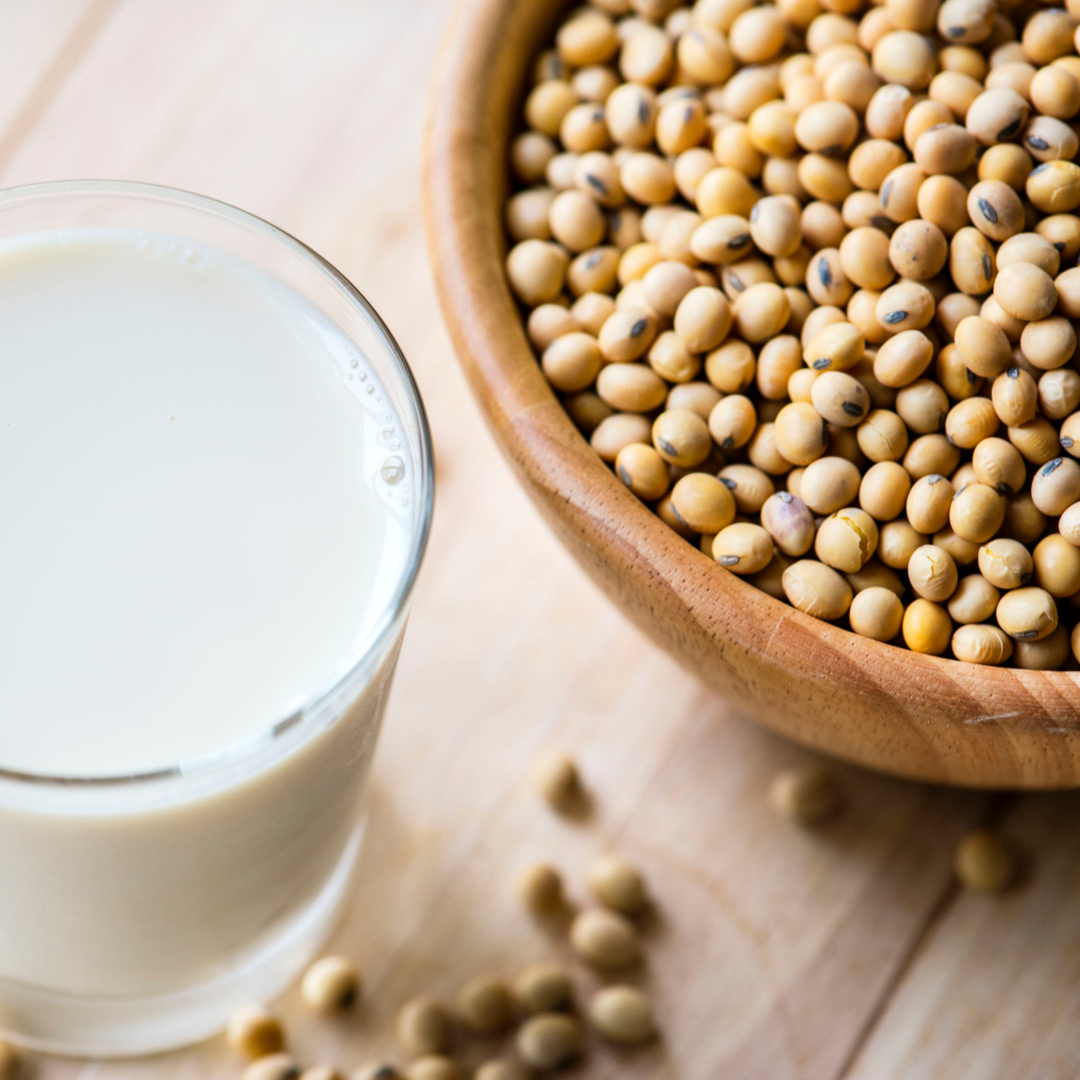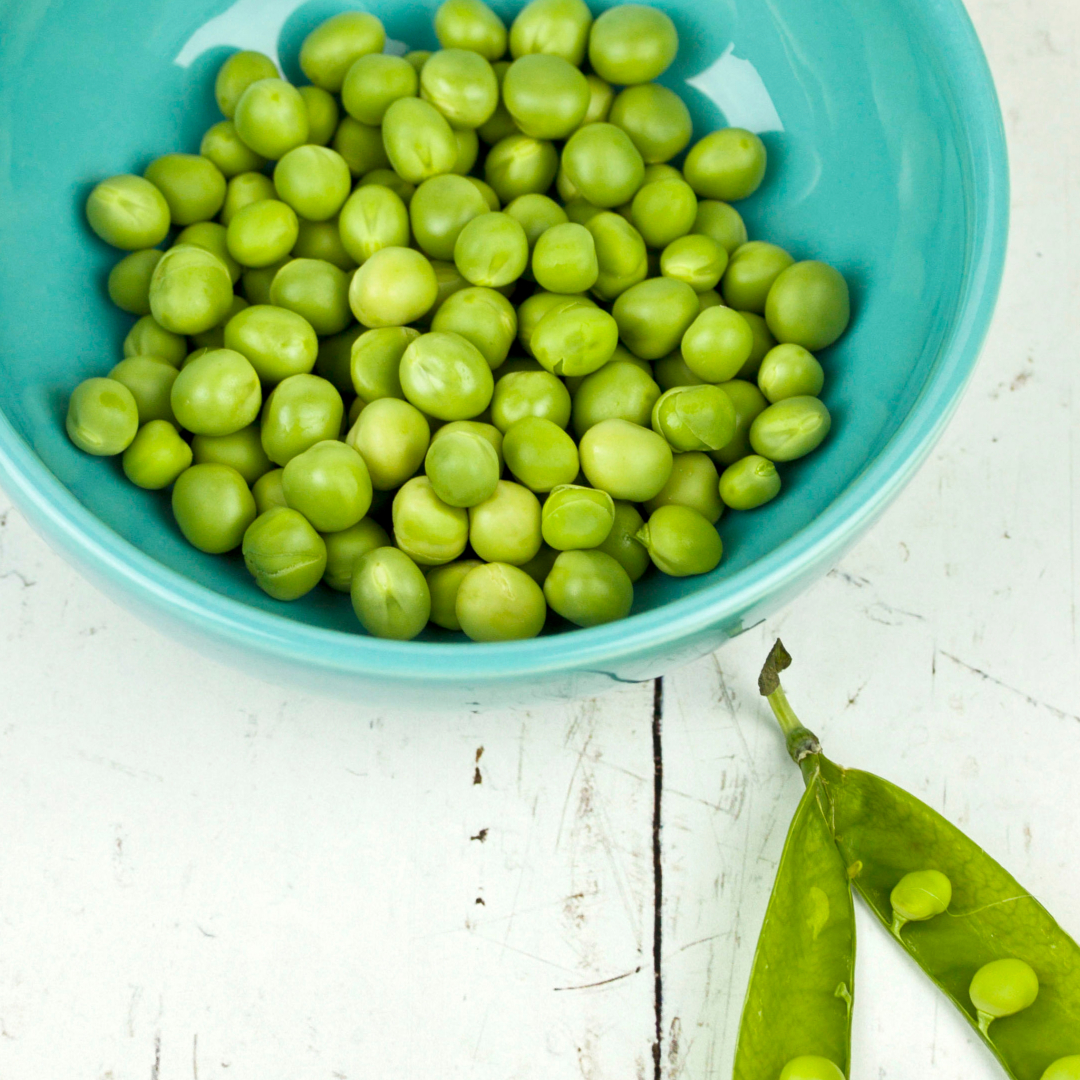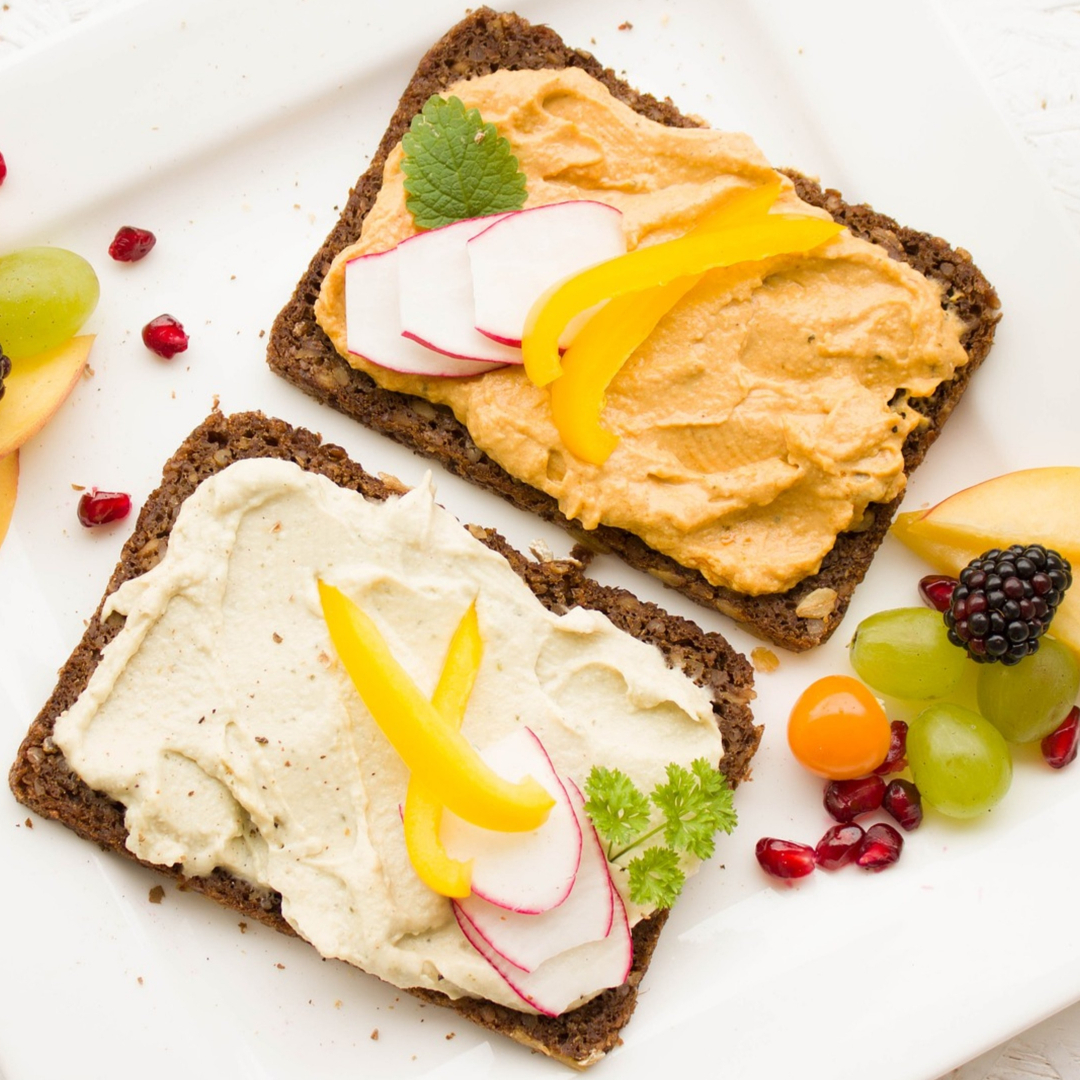We’re pretty well known around here for boldly proclaiming that sugar is not evil (and we stand by it!), but when you have diabetes, carbs really can seem like the devil.
As a diabetic, you’ve probably been told that a lower carbohydrate diet is your best option… and depending on your source, what “low carb” means varies widely.
Low-carb and Keto diets have come under the spotlight recently and have been recommended in a lot of diet spaces as good options for people with type 2 diabetes.
But, a recent study suggests that low-carb dieting is only effective in the short term and doesn’t provide any value over a high-carb diet in the long run.
While this new research doesn’t mean you should run out and eat a package of Oreos, there are a wide variety of carbohydrates that can be a part of a healthy diet that keeps your blood sugar in check.
Now, when it comes to choosing your carb sources, you need to be careful as some foods are inherently better than others.
But which carbs are better than others? The key to this distinction is the glycemic index.
The Glycemic Index
Foods that contain carbohydrates have a glycemic index. This is the measure of how that individual food impacts your blood sugar levels two hours after ingestion.
The glycemic index can’t 100% accurately predict how a given food is going to impact a person, but it’s a valuable tool to give general recommendations, as well as assess the insulin response burden of a given food across a sample of people.
A carb source with a low glycemic index takes your body more time to break down, so your blood sugar levels will rise and fall gradually.
On the other hand, certain foods have a very high glycemic index. They force a great insulin response from your body, get broken down quickly and usually result in a spike of energy levels, followed by a crash.
The research here is a bit scarce, but the research that is available agrees that eating foods with low to moderate GI is much better for general health and management of diabetes (1, 2, 3).
Without further ado, here are the six best carb sources for people with diabetes.

1. Plain Greek Yogurt
We are starting off easy. Although Greek yogurt doesn’t contain tons of carbs, it’s one of the best dairy choices for people with diabetes.
It has been shown to help manage blood sugar levels (1, 2) and some research even suggests that it can reduce the risk of cardiovascular disease (1, 2).
Furthermore, Greek yogurt has been shown to have promising effects on hunger control and body composition (1, 2).
Not only does it provide you with much-needed calcium, but it also contains lots of protein, which helps with satiety and calorie control. Also, each serving of Greek yogurt contains as little as 6 grams of digestible carbs.
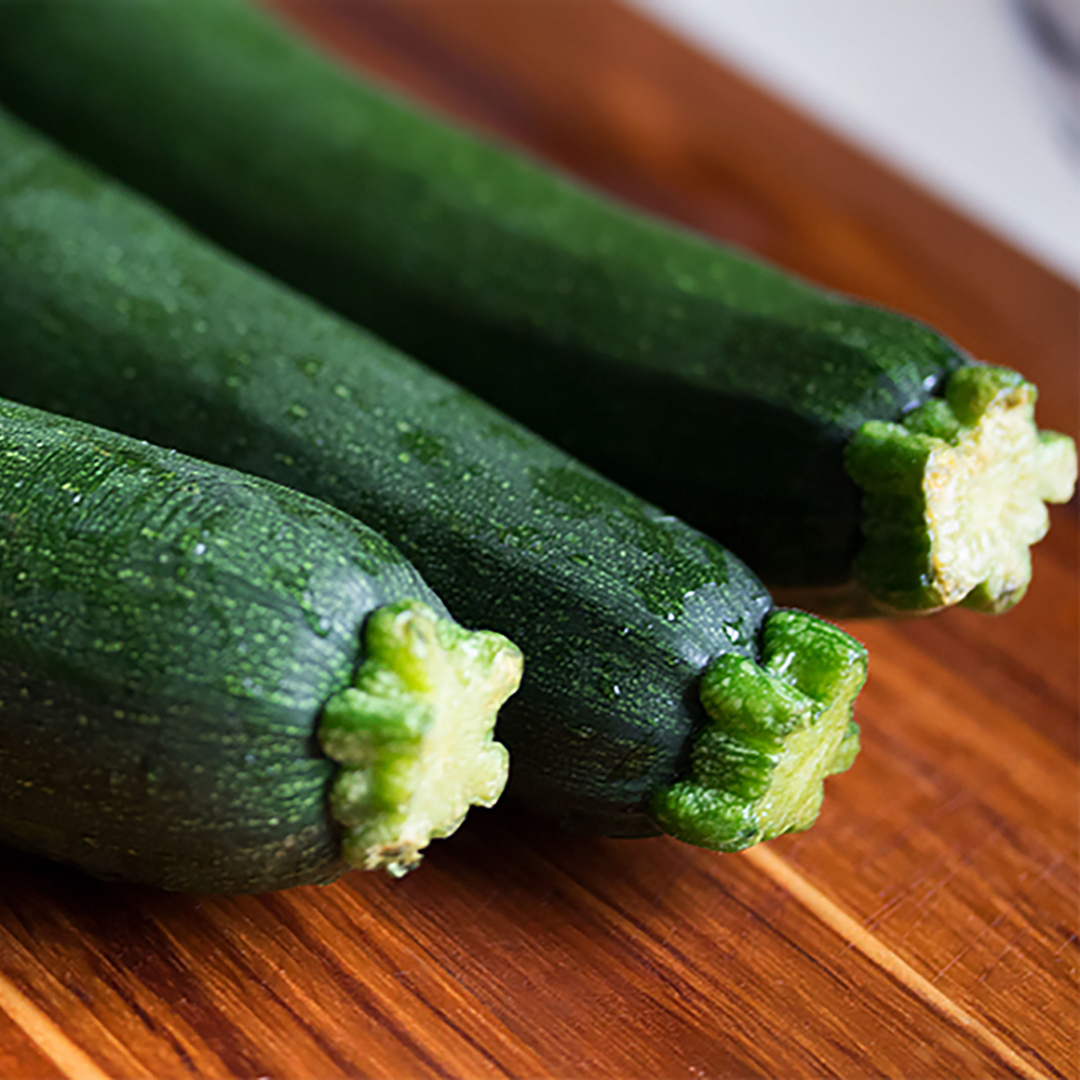
2. Squash
Squash is one of the healthiest fruits out there.
(Or is it a vegetable? I’ll have to get back to you on that.)
It comes in many shapes, sizes, and colors. There are two main varieties:
Winter squash: it has a hard shell and includes butternut squash, spaghetti squash, acorn squash and pumpkin.
Summer squash: it has a soft shell that can be eaten and includes green and yellow zucchini, yellow squash, and pattypan squash.
Both varieties are very healthy and are filled with antioxidants. And although the human research is a bit limited so far, animal research is very promising.
In this rodent study, squash extract elicited anti-obesity effects through inhibition of lipid synthesis and acceleration of fatty acid breakdown.
In this human study, the subjects (people with type 2 diabetes) were given an extract of the winter squash Cucurbita Ficifolia experienced a significant decrease in blood glucose levels.
It’s worth pointing out that winter squash generally contains more carbs than summer squash and you need to keep that in mind when adjusting your portions.
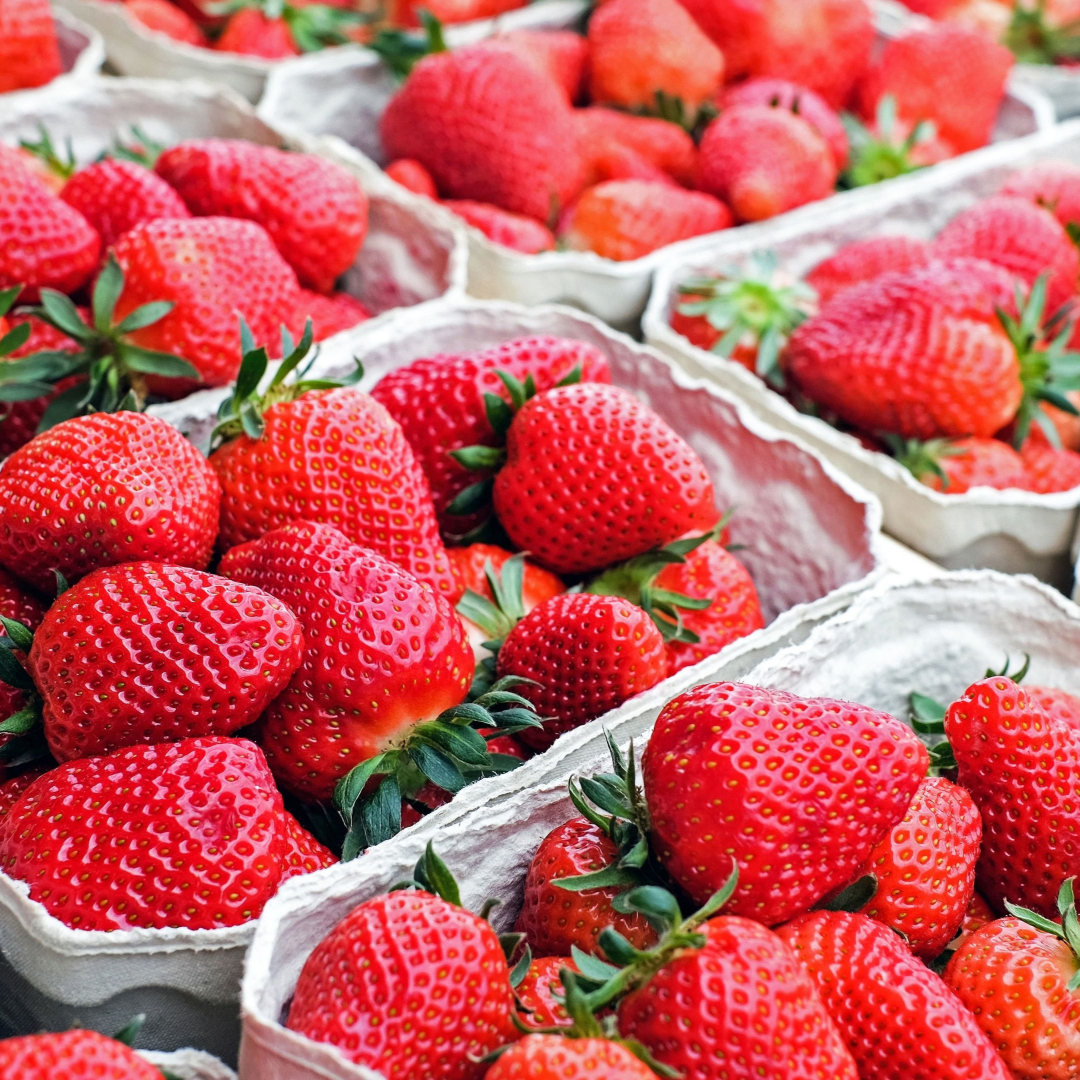
3. Strawberries
Strawberries make a great snack. They are delicious, low on calories, and jam-packed with nutrients.
A serving of strawberries contains 50 calories and only 11 grams of carbs (3 of which are fiber).
They are filled with antioxidants called anthocyanins (which also give them their red color). These antioxidants have been shown to keep blood sugar levels stable and to reduce the risk of heart disease in patients with type 2 diabetes (1, 2, 3).
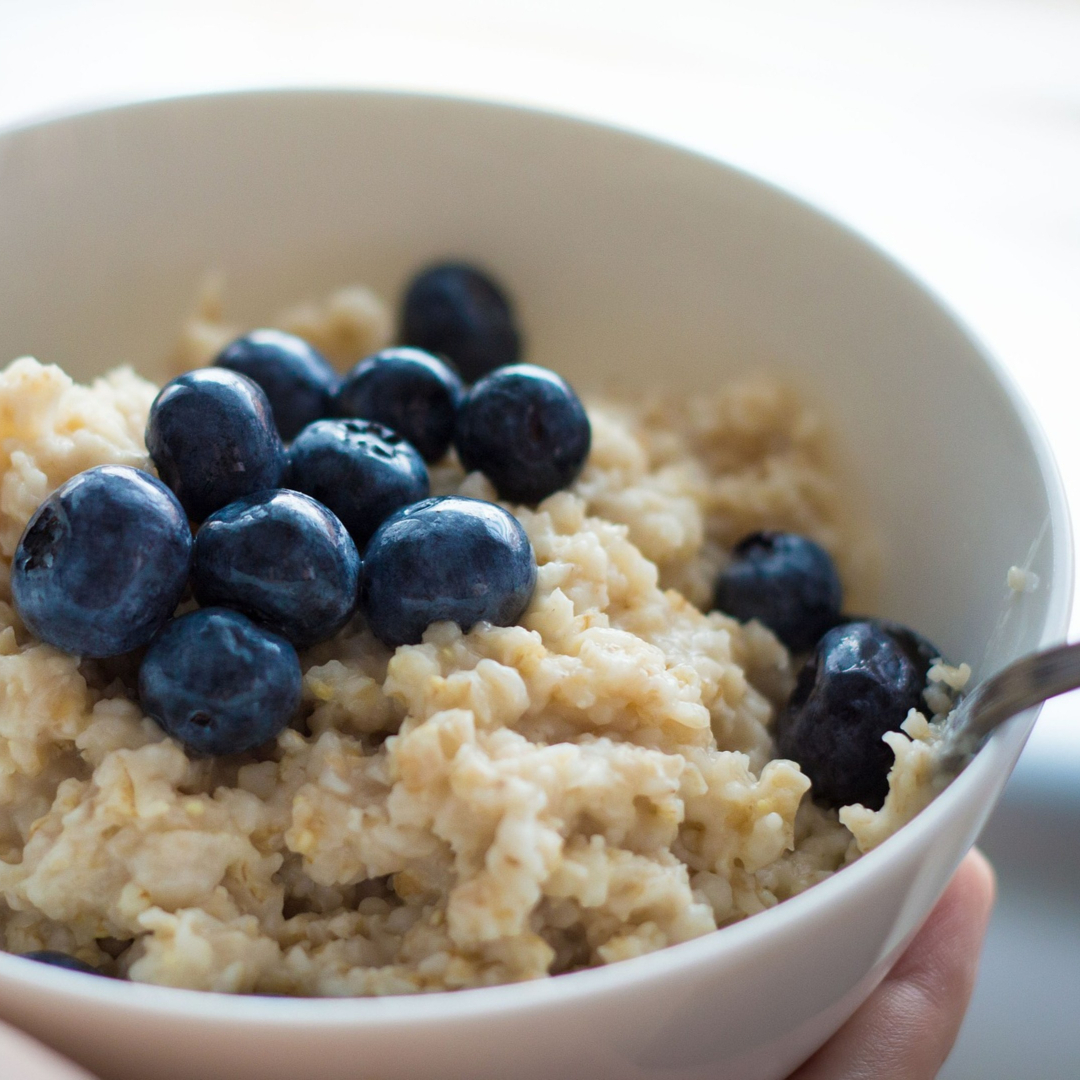
4. Oatmeal
To be clear:
When I say ‘oatmeal,’ I mean the old-fashioned, steel-cut version without the added sugars that are found in the instant packets.
Oatmeal delivers a good amount of fiber, slow-digesting carbs, and protein, making for a great carb source for people with diabetes.
Some research also suggests that oatmeal can lower bad (LDL) cholesterol, reduce blood sugar and insulin response after a meal, reduce the risk of coronary disease, and ward against the development of cancer and atherosclerosis (1, 2).
Here’s an idea for preparing tasty oatmeal:
Mix your oats with some water, berries, and cinnamon in a microwave-friendly bowl. Stir it up nicely and cook in the microwave until the oats soak up the water (usually between 1.5 and 3 minutes).
Take the oatmeal out, let it cool for two to three minutes, add some greek yogurt and stir again before eating.
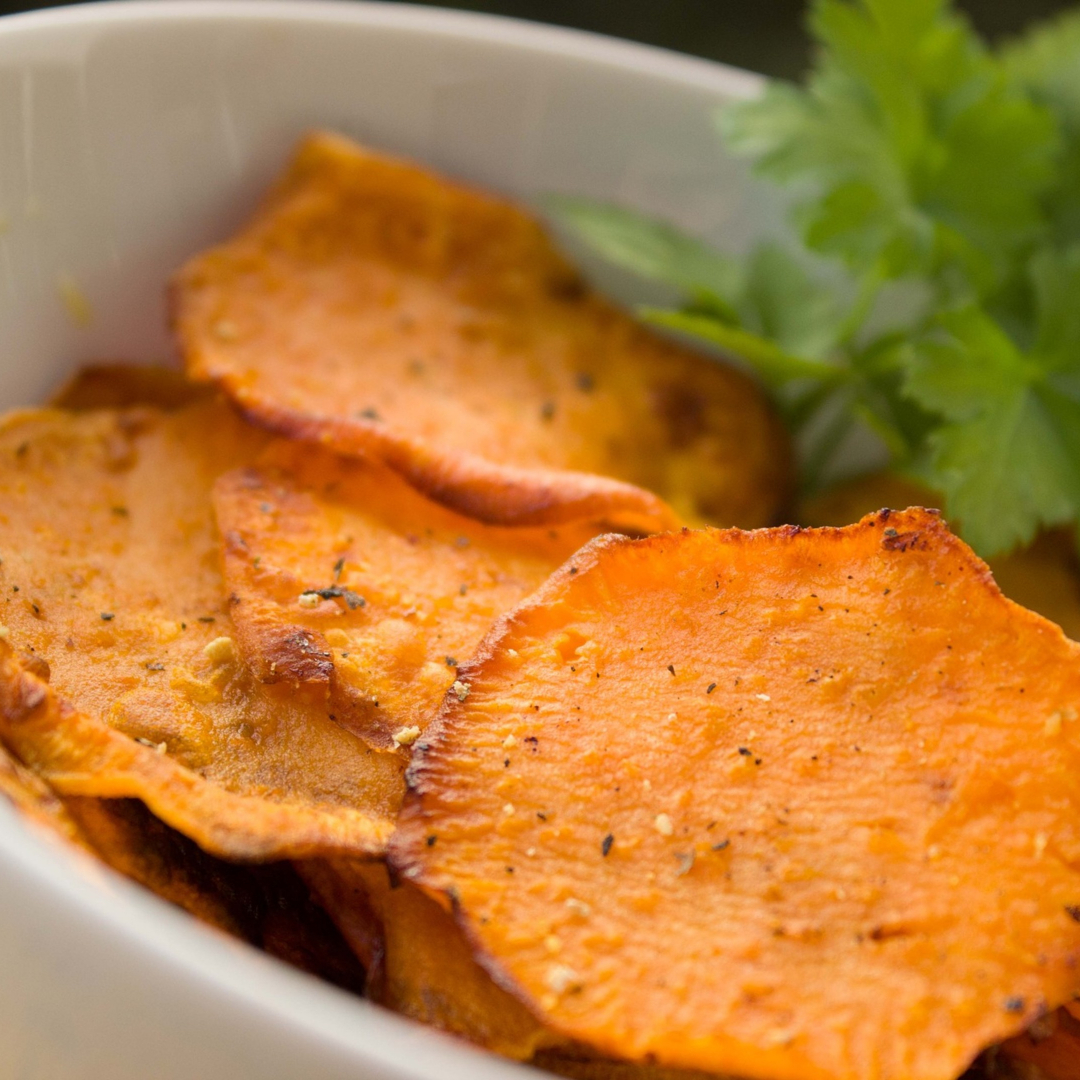
5. Sweet Potatoes
Although sweet potatoes don’t differ that much from the white variety, they are digested more slowly which leads to a more gradual rise and a decline in blood sugar levels.
This means that you won’t experience sudden spikes and crashes in energy levels throughout the day.
Sweet potatoes also pack a good amount of fiber in each serving: 4 grams.
But it doesn’t stop there: not only are sweet potatoes tasty and slow-digesting, but they are also jam-packed with vitamin A, vitamin B5, B6, niacin, thiamin, and riboflavin.
Vitamin A is often referred to as an ‘antioxidant powerhouse’ with benefits linked to slower aging, cancer prevention, and good eyesight.
B6 vitamins help break down homocysteine, a substance that has been shown to contribute to the hardening of arteries and blood vessels.
Their orange color comes from the fact that sweet potatoes are high in carotenoids, which have been shown to have beneficial effects on eyesight and lower oxidative stress (1, 2).
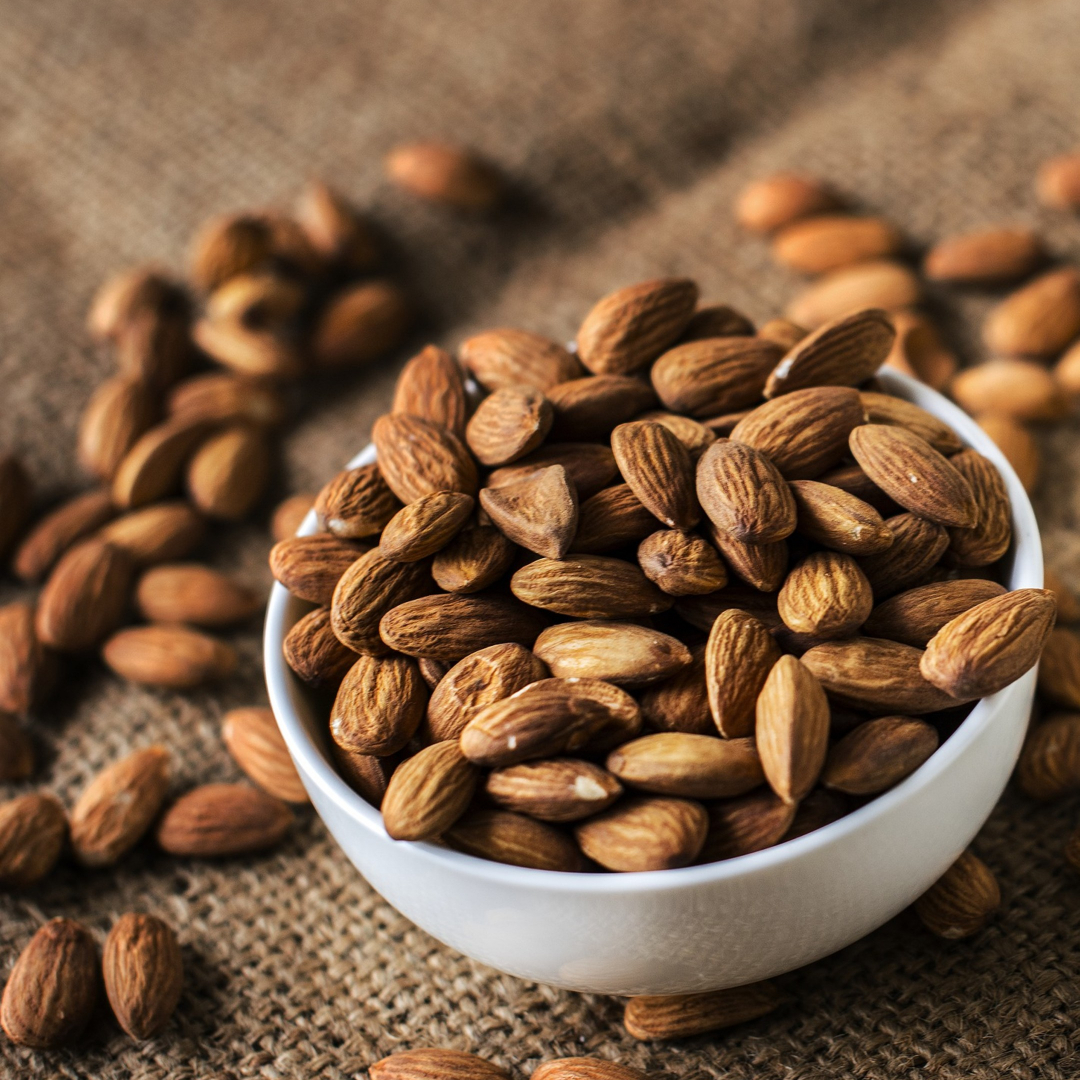
6. Nuts
Nuts are some of the most nutritious and balanced foods out there. They are filled with fiber, healthy fats, protein, and most have low to moderate amounts of carbs in each serving.
They are also delicious, take longer for the body to break down and absorb, and are excellent for hunger control and weight loss.
Now, people with diabetes (type 2, in particular) are often shown to have chronically elevated levels of insulin. This is not only linked to obesity but is believed to also contribute to the development of other serious diseases such as Alzheimer’s and even cancer (1, 2).
And this is where nuts come in to save the day:
Research has shown that regular consumption of nuts can reduce inflammation, keep blood sugar levels in check and lower bad cholesterol levels (1, 2, 3).
Conclusion
Don’t fall into the low-carb trap just because you heard it might be beneficial for managing your diabetes… make sure you do your research first.
Different carbohydrate sources provide numerous health benefits, you just need to think about what you are eating and note how it affects your body and your blood sugar.
With a little practice, the IIFYM lifestyle can not only help you take control of your nutrition and eating habits, it can also help you manage your diabetes through conscious food choices.
The post 6 Best Carb Sources for People with Diabetes appeared first on IIFYM.
from IIFYM Recipes and Articles – IIFYM https://ift.tt/2JUu23h

